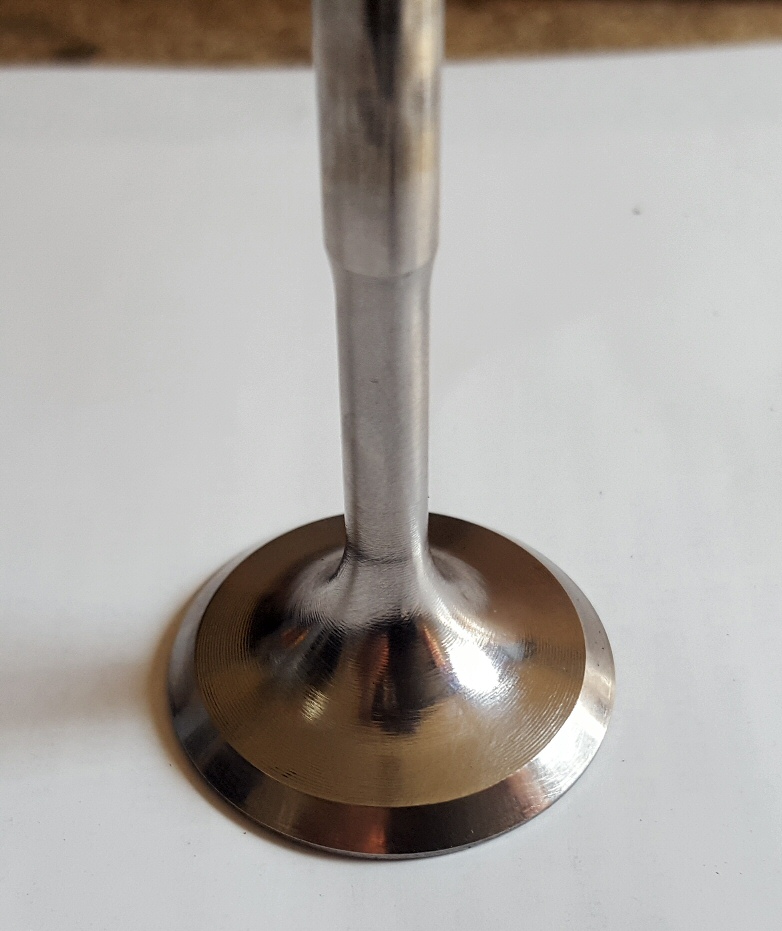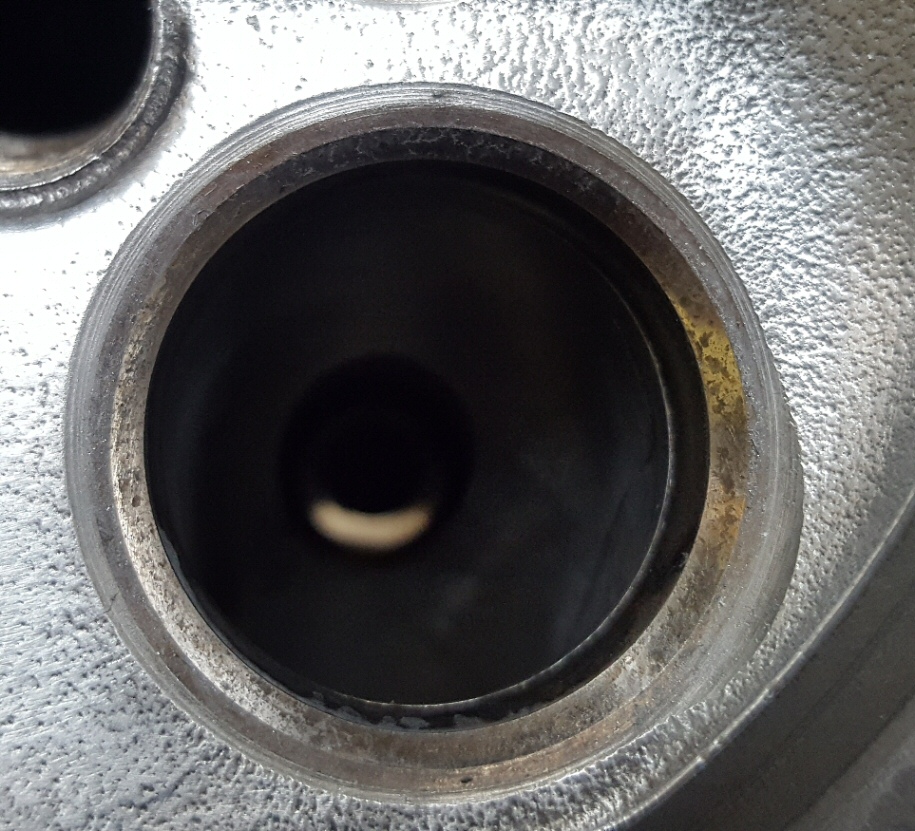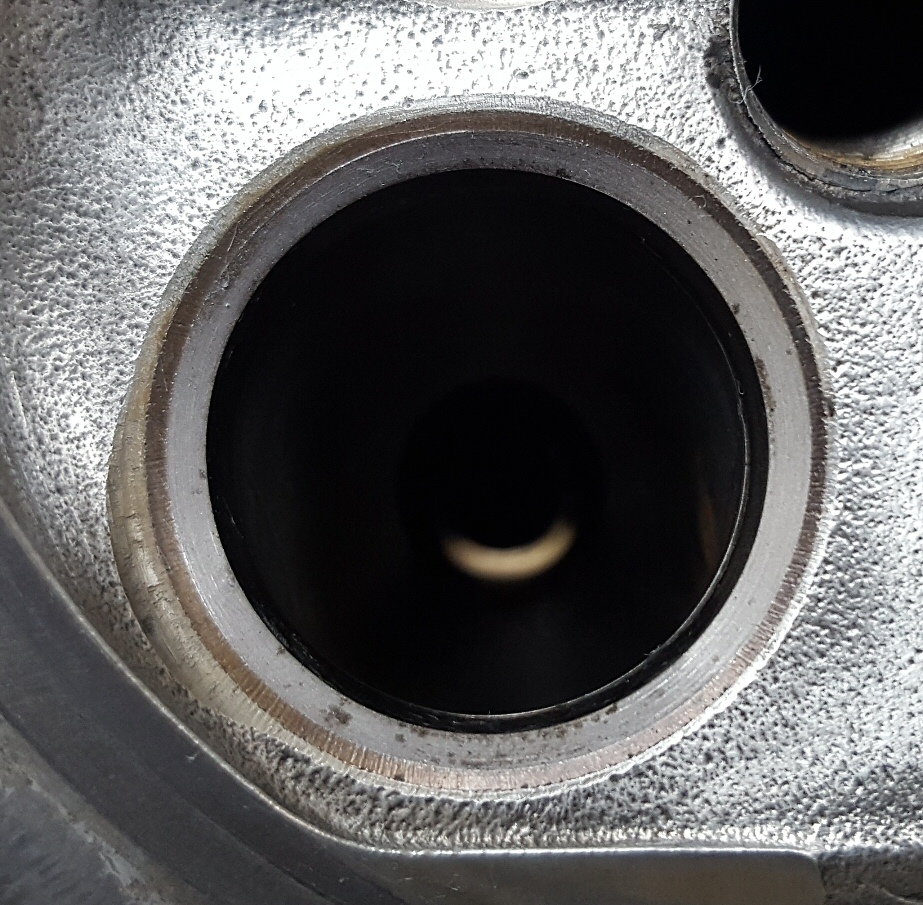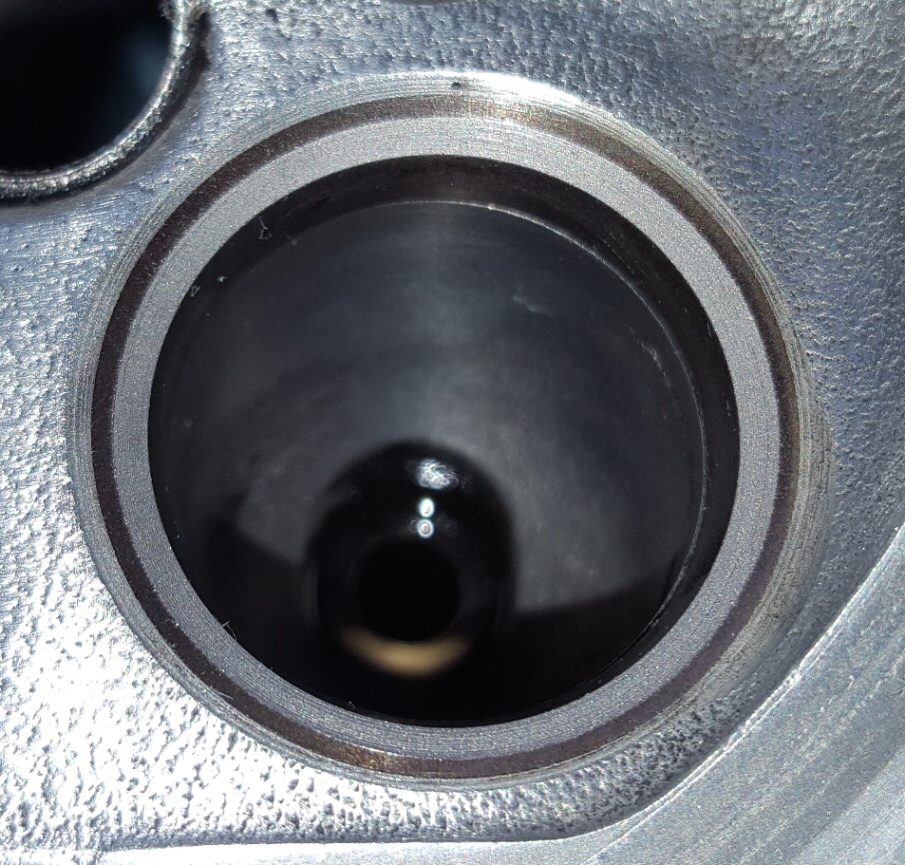There's nothing wrong with the engine - it was running fine, other than a a slight rough idle intermittently which is common on this engine.
I'll be doing a full write up on my rebuild soon, however i thought i would just do a post to show you guys how bad the intake build up is - worse than it looked when i took some poor photos down the intake some months ago when fitting new injectors.
It has 55k miles on it, i have owned the car since 30k miles, it has oil changes every 5k miles and gets a good run now and then. Take a look at this....
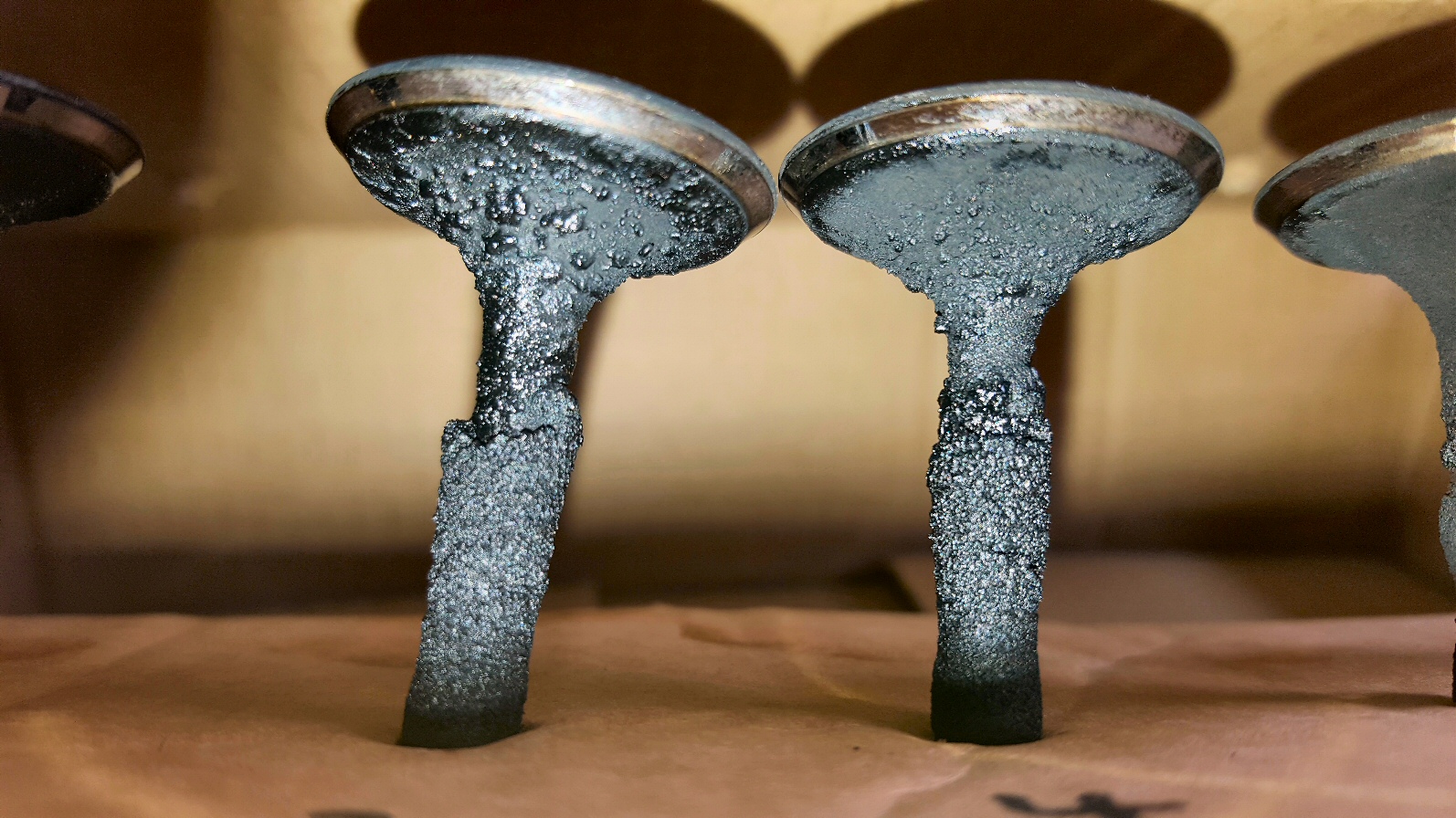
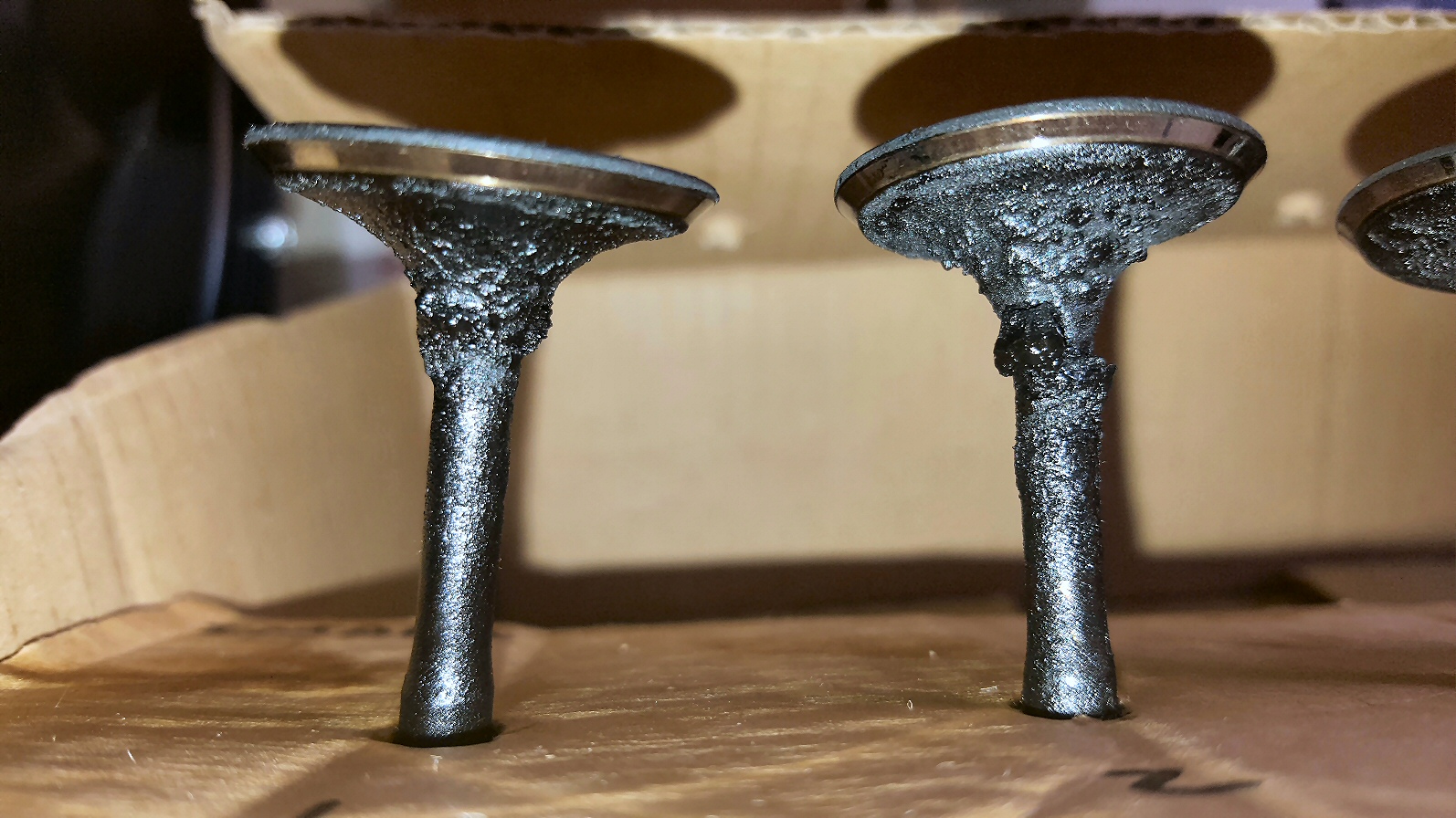
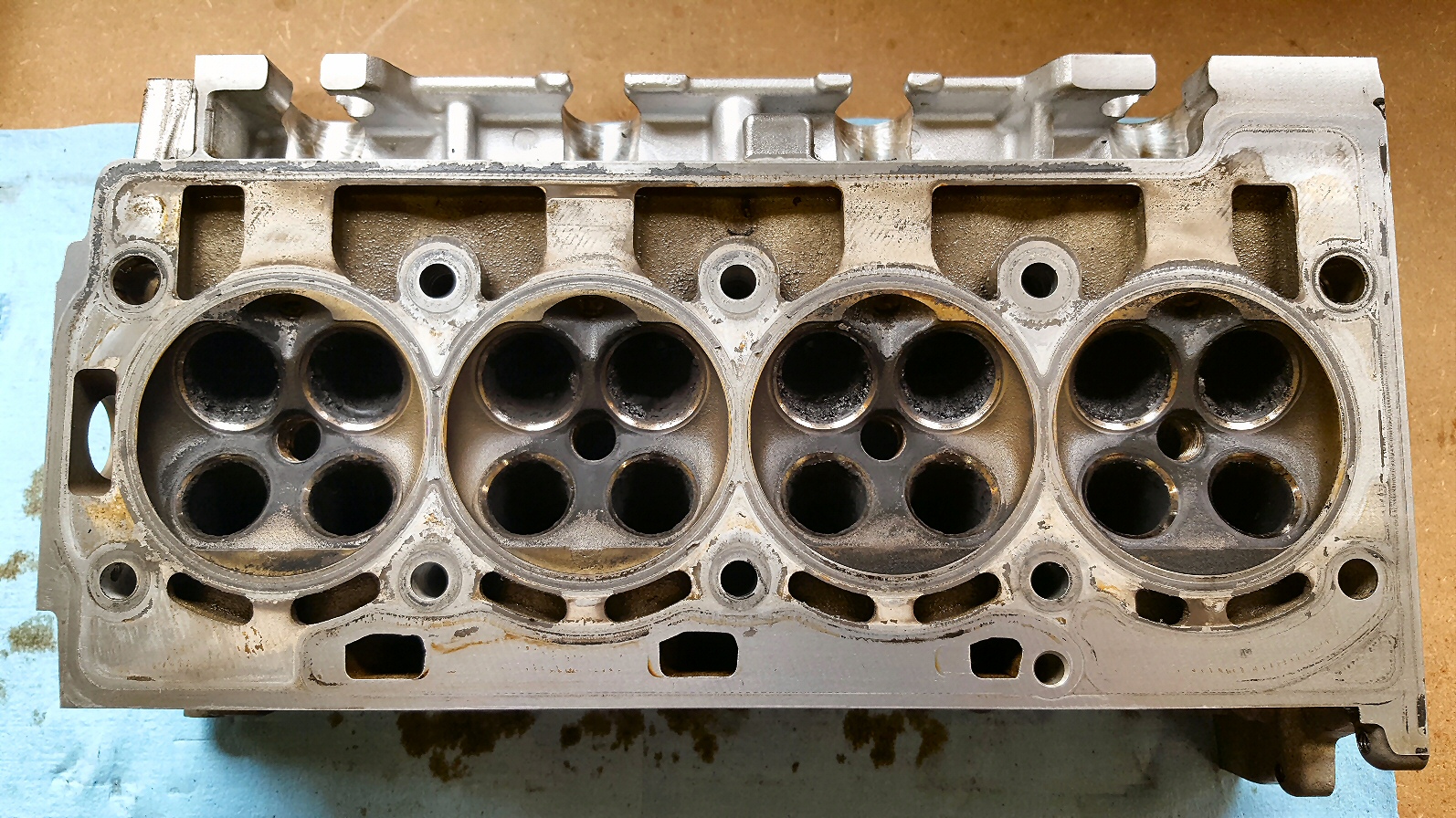
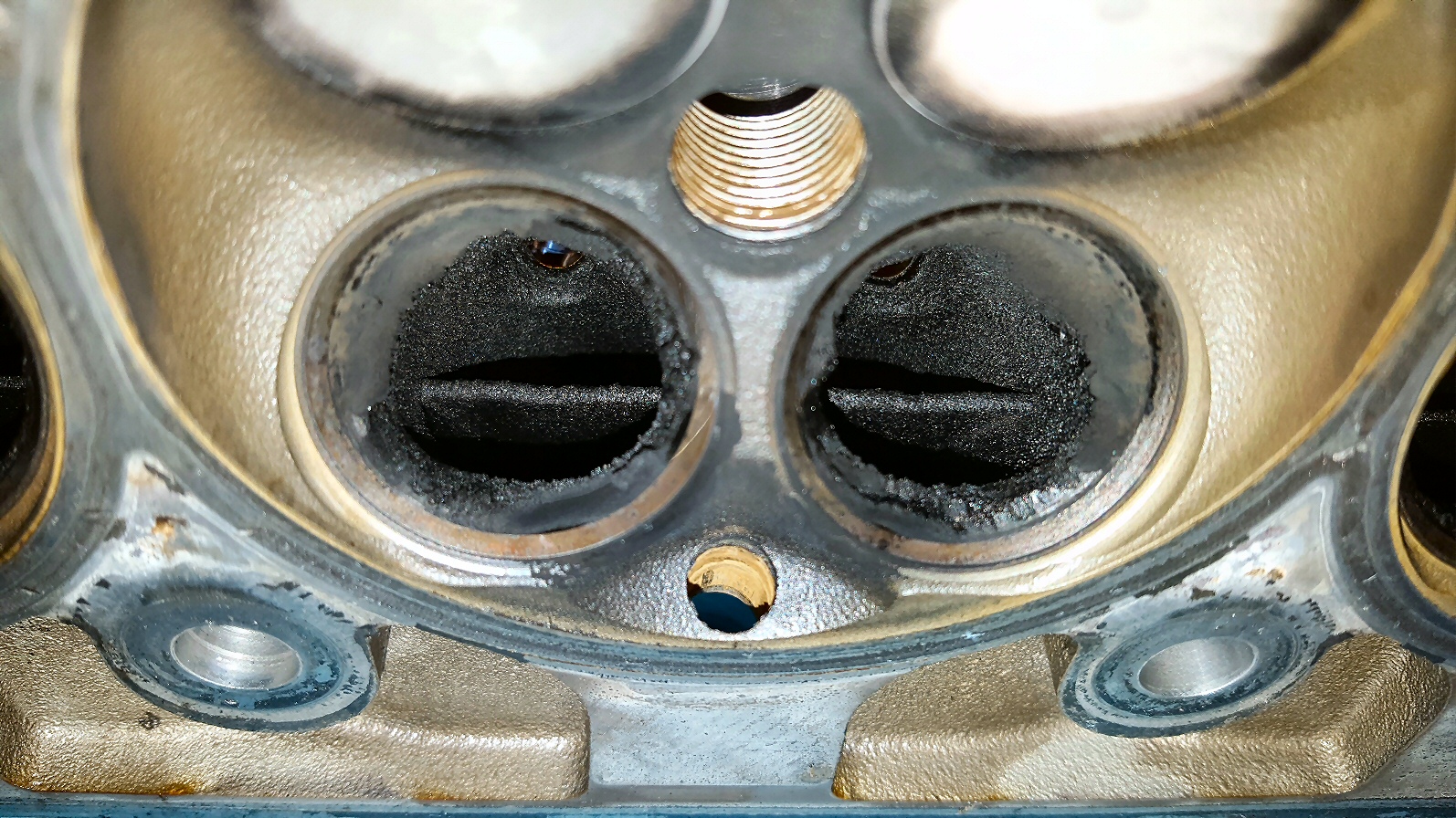
No wonder the idle has some issues - with the state of the intake ports and valves its a miracle it doesn't misfire all the time when idling.
Good old direct injection - 55k miles and my intake ports look like a dogs dinner.
I'll update once i finish the cleaning and valve job - currently 10 hours in (just on the head work), already done 15 hours of disassembly just to get to the point where i could take the head off, damn this engine is complicated - so many bits attached to it in hard to work places
